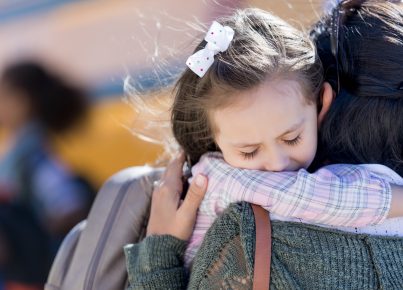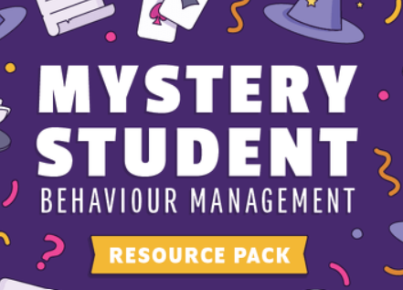Introduction
A positive classroom environment can lead to better academic performance, increased confidence, and enhanced communication skills among students. A key factor in establishing such an environment is the development of effective “meet and greet” strategies. These tactics are designed to foster relationships among students, teachers, and staff—ultimately promoting a better educational experience for all.
In this article, we will explore various meet and greet methods that can improve behavior and positively impact the overall ambiance of your school or classroom.
1. Establishing a Morning Routine
Starting each day with a warm welcome is a great way to create a sense of belonging for students. As they walk into the classroom or school building, ensure that teachers and staff members greet them with a smile and a friendly message like “Good morning!” or “Glad to see you today!” This gesture helps students feel welcomed, safe, and encouraged.
2. The Goodbye Ritual
Just as it is important to say hello at the beginning of the day, having a meaningful goodbye routine can create closeness among classmates. Encourage students to say goodbye, share their experiences from the day with each other, or simply give high-fives or hugs as they leave. This farewell ritual helps build connections between peers while also improving behaviour.
3. Icebreakers / Get-to-Know-You Games
Implementing icebreakers and get-to-know-you games in the beginning stages of the school year can assist students in getting acquainted with their classmates. Activities like “Two Truths and A Lie,” “Common Connections,” and “Memory Name Game” help students become familiar with one another—and encourages open communication from the get-go.
4. Establishing Classroom Norms
Collaboratively create a set of agreed-upon expectations for each individual within the classroom. Encourage open discussions about these expectations—covering topics like respect, communication styles, conflict resolution, etc. Having a mutual understanding of the behavior expected fosters positive interactions among students and staff.
5. Sharing Circles
Designate a specific time for students to gather in a circle and engage in conversations. This format allows and encourages children to openly discuss any topics of interest or concern. By providing them with this dedicated period, educators reinforce a sense of unity, trust, and support amongst students.
6. Positive Reinforcement for Good Behavior
Acknowledging and celebrating students’ good behaviour can be a powerful motivator. Praise them for their efforts, whether through verbal appreciation, rewards, or special privileges. These recognitions inspire students to maintain high standards of behavior within the classroom.
7. Regular Check-Ins
To maintain strong relationships within the classroom, hold regular check-ins with children either individually or in groups. Engage with them about their feelings and thoughts to understand their perspectives better. These intentional conversations can help identify potential behavioural issues before they escalate.
Conclusion
The implementation of effective meet and greet strategies can significantly improve behaviour while also strengthening relationships among students and staff. By fostering a positive environment and encouraging open communication from day one, educators can create a safe space where all members feel supported, heard, and connected—a key factor in academic success and personal growth.





